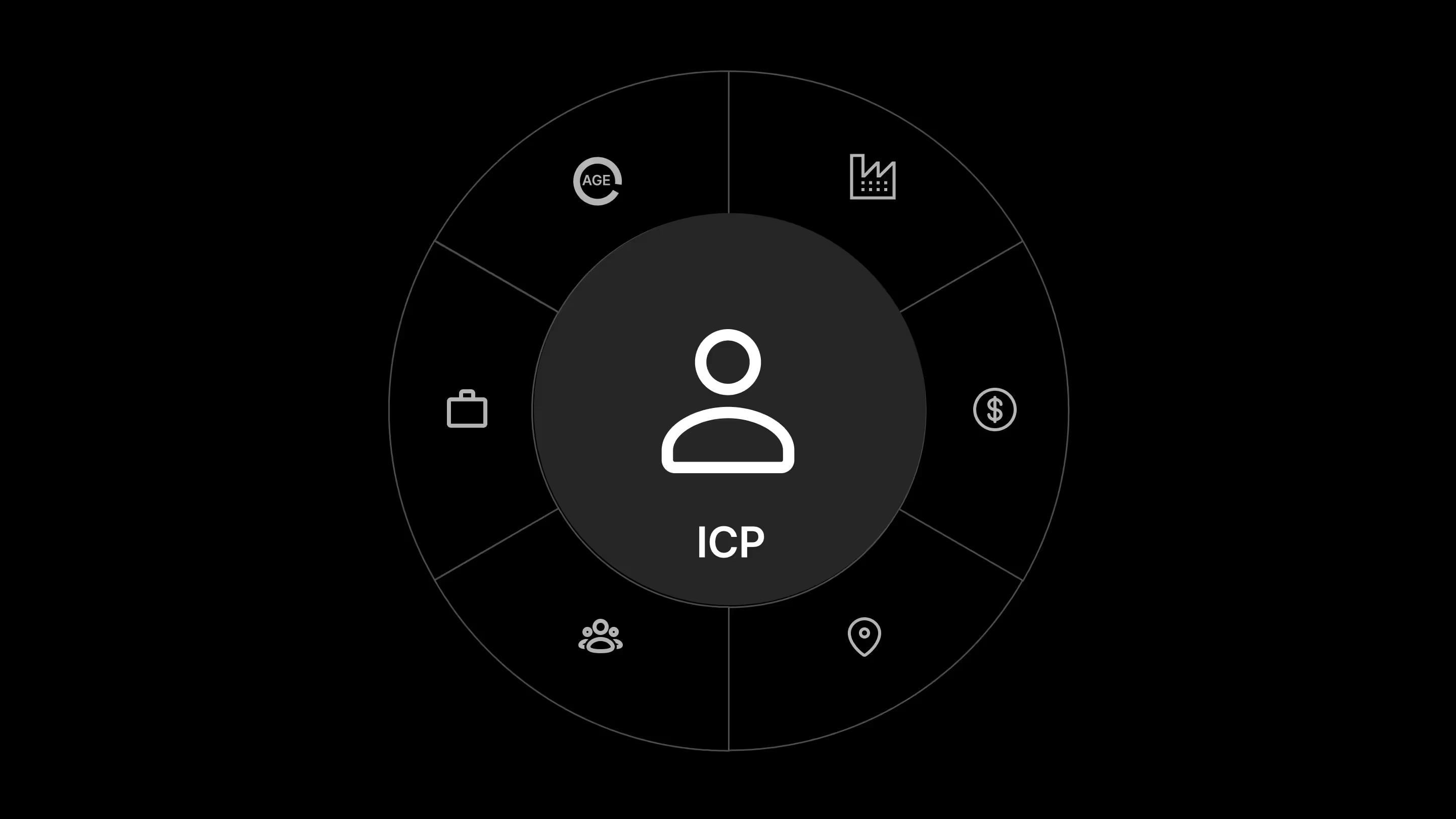How to Build a Differentiated Brand Story & Implement It in Marketing
SaaS differentiation isn’t just about features—it’s about beliefs, identity, and positioning.
Customers don’t just buy products—they buy stories.
They want to align with brands that:
✅ Stand for something (Mission)
✅ Promise a transformation (Vision)
✅ Fight against a problem (Enemy)
If your SaaS feels interchangeable with competitors, you risk being another commodity in the market.
In this article, we’ll break down how to craft a powerful brand story and embed it into every marketing touchpoint to make your SaaS unforgettable.
Step 1: Differentiate Your Brand Story
Your brand story should clearly answer:
- Why do we exist? (Mission)
- What change do we want to create? (Vision)
- What are we fighting against? (Enemy
Ask yourself:
“What industry problem do we exist to fix?”
Why This Works
- It gives customers a clear emotional reason to choose the brand.
- It aligns with their pain points and aspirations.
- It makes the brand memorable and defensible.
Your Turn: Fill in the blanks for your SaaS
“We exist to [mission], because we believe [vision]. We fight against [enemy].”
Step 2: Apply Your Differentiation Across Marketing Channels
Once you’ve defined your brand story and differentiator, you need to embed it across all marketing channels to ensure consistency.
1. Website & Landing Pages
Your website should clearly communicate your differentiator above the fold.
✅ Strong Headline Example (Webflow):
"The site you want—without the dev time."
✅ Weak Example:
"We make website building easier."
(Too generic! It doesn’t differentiate from Wix, WordPress, or Squarespace.)
How to Fix It:
- Write a clear, bold value proposition at the top of your homepage.
- Ensure your first 3 lines clearly show differentiation.
- Add a "Why Us" section that highlights what makes you unique.
Example:
- Notion: “One workspace. Every team.”
- Zapier: “Connect 5,000+ apps without writing code.”
Formula for a Strong Headline: [Unique Differentiator] + [Outcome for ICP]
2. Sales & Positioning Statements
Your sales pitch should reinforce your differentiation, not sound like every other SaaS.
Weak Example (Generic Positioning):
"We help teams work better."
(Sounds like Slack, Asana, ClickUp, Monday.com, and 10 other SaaS tools!)
Strong Example (Clear Differentiation):
Superhuman: "Get through your inbox twice as fast."
(Clear, measurable outcome!)
Fix Your Sales Messaging:
- Avoid vague claims like “faster” or “easier” unless you provide proof.
- Turn features into outcomes (e.g., "Save 10+ hours per week").
- Use competitor comparisons to highlight what sets you apart.
Formula for a Strong Positioning Statement:
[Your SaaS] helps [ICP] achieve [specific outcome] without [common pain point].
Example:
- Webflow: “The power of code, without writing it.”
- Ahrefs: “SEO tools & data to grow your search traffic.
3. Ads & Growth Strategies
Your ads should lead with differentiation—not just features.
Avoid generic claims like:
❌ "The best project management tool."
❌ "The easiest CRM for startups."
❌ "AI-powered analytics."
Fix It:
✅ Include proof-backed differentiation (e.g., "Used by 10,000+ SaaS companies.")
✅ Make it scannable & punchy.
✅ Focus on ICP-specific messaging.
Formula for SaaS Ad Messaging:
[Unique Differentiator] + [Outcome for ICP] = Higher Conversions
Examples of Differentiation in Ads:
- Zapier Ad: "Connect 5,000+ apps without writing code."
- Gong Ad: "Close more deals with AI-powered sales insights."
- Superhuman Ad: "Email at the speed of thought."
Why This Works:
- It makes the value instantly clear.
- It targets a specific ICP with a direct outcome.
- It differentiates the product from competitors.
4. Content Marketing & Social Proof
Your content should reinforce differentiation by:
✅ Using real customer stories to showcase results.
✅ Avoiding generic SaaS advice—instead, highlight insights that competitors don’t share.
✅ Building authority around your differentiator.
Examples of Content That Supports Differentiation:
- Notion Blog: “Why teams switch from Google Docs to Notion.”
- Webflow University: Free design courses that position Webflow as an educator.
- Ahrefs YouTube Channel: SEO tutorials based on their proprietary data.
Pro Tip:
- Use comparison pages (e.g., “Webflow vs WordPress”) to reinforce your strengths.
- Create case studies & testimonials that showcase how your differentiator impacts real users.







